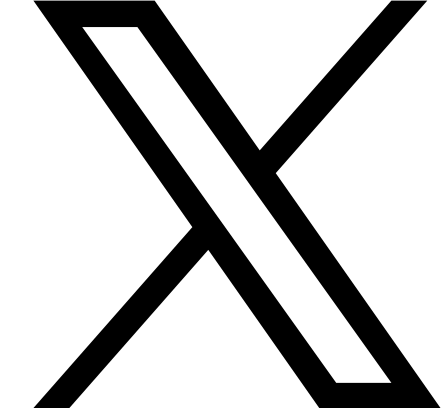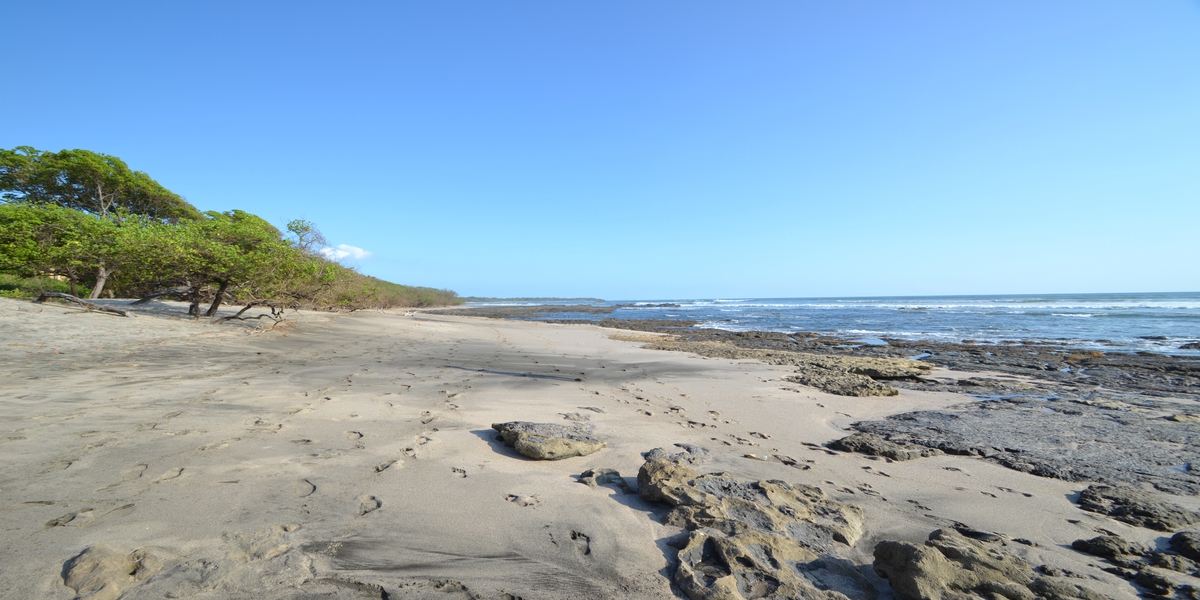
How Costa Rica's Geographic Location and Topography Affect the Climate
The country's topography is characterized by several mountain ranges and valleys, and its location near the equator means that it receives abundant sunshine throughout the year. This creates a wide range of microclimates with varying temperatures, rainfall patterns, and humidity levels.
Costa Rica is known for its biodiversity and natural beauty, and the climate plays a big role in this. The wet season brings lush green forests and an explosion of plant and animal life, while the dry season is the perfect time for beach-going and outdoor activities. However, it's worth noting that climate patterns can vary depending on the region of the country you are in, with some areas receiving more rain than others.

While general weather of Costa Rica tends to be relatively consistent, the variety in microclimates (1) does not cease to amaze us. Costa Rica is located within the 8th and 11th degree latitude lines, which places it automatically in the tropics. When people from the Northern Hemisphere hear the word “tropics”, they tend to think in only two adjectives: hot and humid. However, there are over twelve micro climatic zones in Costa Rica, and even frost and hail in the coolest and highest regions. These microclimates include tropical rainforest, cloud forest, dry forest, mangroves, and high-altitude paramo, to name a few. Each of these microclimates has its unique weather patterns and ecological characteristics, making Costa Rica a popular destination for ecotourism.
The temperature in Costa Rica is mostly determined by the elevation and other geographical factors, and not by “season” as in the Northern Hemisphere.
More about the dry season (December to April)
The dry season in Costa Rica generally runs from December to April, and the wet season from May to November. During the dry season, temperatures can reach up to 95°F (35°C) in some parts of the country (including the northern beach areas), but they are more typically in the range of 75-85°F (24-29°C). During the wet season, temperatures are slightly cooler, but humidity can be high, especially in coastal regions.
As previously mentioned, the dry season is when most tourists visit Costa Rica. The dry season in Costa Rica is characterized by sunny days, low humidity and very little rain. During this time the weather is ideal for outdoor activities such as hiking, surfing, and exploring the beaches. Tourism is at its peak during the dry season, and many popular tourist destinations can become crowded during this time. However, it's also a great time to experience the country's diverse wildlife, as many species can be seen gathering around rivers and water sources during this time of year.
During the dry season, temperatures are typically hot, with average temperatures ranging from the mid-70s to the mid-90s Fahrenheit (around 24-35°C), depending on the location in the country. Coastal areas tend to be hotter, while higher elevation areas may be cooler.

While the dry season is known for its lack of rainfall, it's worth noting that some parts of the country may still receive occasional showers, particularly towards the end of the dry season. Additionally, wildfires can be a concern during this time, particularly in areas with dry vegetation.
More about the wet season (green season) (May to November)
The wet season in Costa Rica typically lasts from May to November and is characterized by heavy rain showers and thunderstorms. During this time, the country's forests and landscapes burst with lush green foliage and an abundance of wildlife.
In general, the mornings during the wet season tend to be sunny and dry, while the afternoons often bring thunderstorms and rain showers that can last for several hours. These storms can be intense and cause flooding and landslides in some areas, particularly in the coastal regions and the Caribbean coast.
Humidity is high during the wet season, with average humidity levels ranging from 80% to 90% in most parts of the country. Temperatures during this time typically range from the mid-70s to the mid-80s Fahrenheit (around 24-30°C), though they can be slightly cooler in higher elevation areas.
Despite the heavy rainfall, the wet season is still a popular time to visit Costa Rica for those interested in exploring the country's lush rainforests and vibrant landscapes. It's worth noting, however, that some tourist attractions may have reduced hours or be closed during the wet season, and transportation can be more difficult due to potential road closures and landslides.
How much rain falls in Costa Rica?
 In general, Costa Rica receives a significant amount of rainfall each year, with the amount varying depending on the region and the time of year. On average, the country receives around 100-160 inches (250-400 cm) of rain per year.
In general, Costa Rica receives a significant amount of rainfall each year, with the amount varying depending on the region and the time of year. On average, the country receives around 100-160 inches (250-400 cm) of rain per year.
During the wet season, which generally runs from May to November, rainfall can be heavy and frequent in many parts of the country, particularly in the southern and mid-Pacific coastal regions and the Caribbean coast. Some areas in the country receive more than 200 inches (500 cm) of rain per year. The northern beach region (where we are) has significantly less rain and lower humidity than other locations in Costa Rica (as shown in the image).
In contrast, the dry season, which runs from December to April, is characterized by very little rainfall. Some parts of the country may not receive any rain at all during this time, particularly in the Guanacaste region and the Pacific coast.
If you have more questions about Costa Rica's weather feel free to contact us. Most of us have lived here for decades and we can share with you what we have learned.
What about climate change?
Those of us who have lived here for 20+ years have definitely seen some changes in weather patterns, but nothing too severe. It doesn't yet seem that Costa Rica has been heavily impacted by climate change (2) just yet. You used to be able to set your watch by when the rain would fall every day during the wet season.
1) Janzen, Daniel H. "The microclimate difference between a deciduous forest and adjacent riparian forest in Guanacaste Province, Costa Rica." (1978). 2) Enquist, Carolyn Armstrong Finnance. "Predicted regional impacts of climate change on the geographical distribution and diversity of tropical forests in Costa Rica." Journal of biogeography 29.4 (2002): 519-534.






